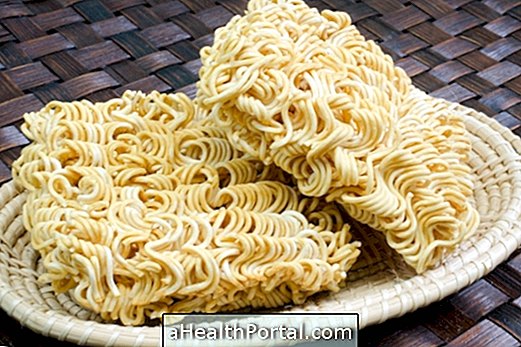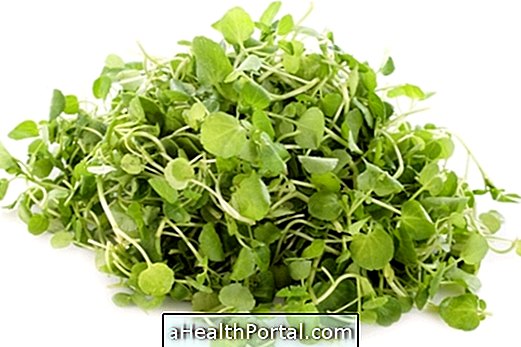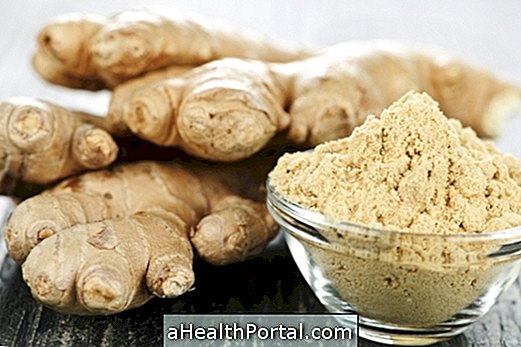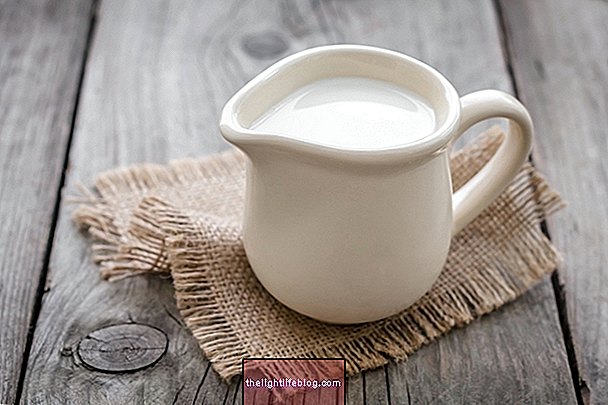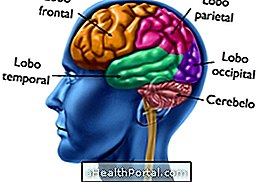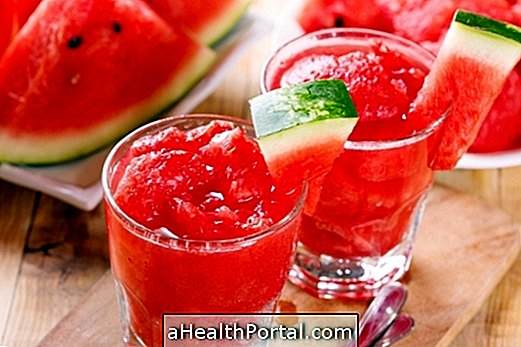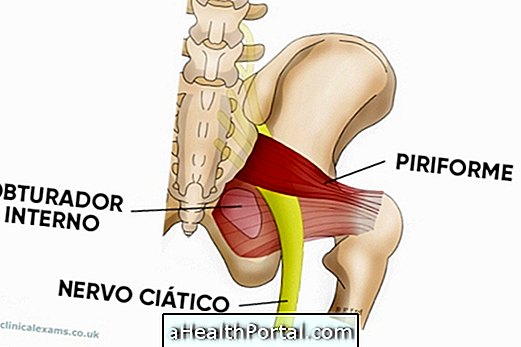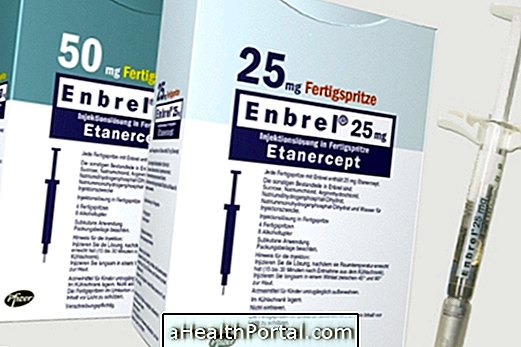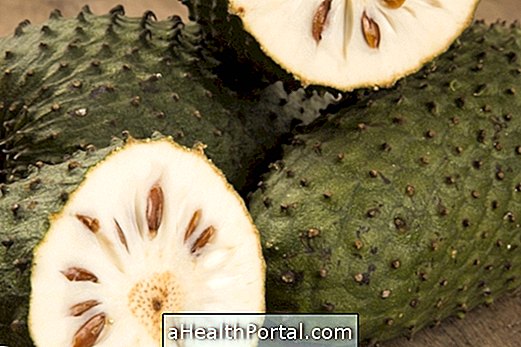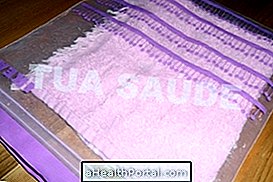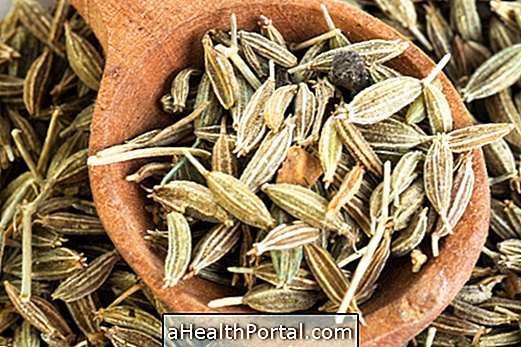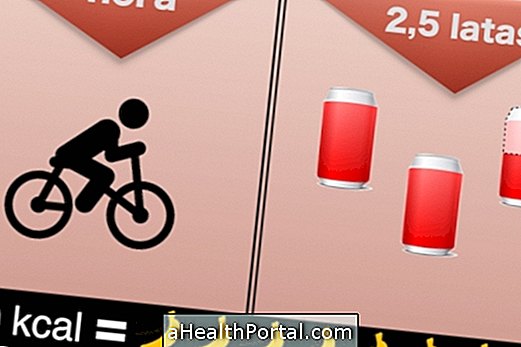Oregano is an aromatic herb widely used as a seasoning in the kitchen, especially pasta, salads and sauces, and which brings health benefits as an antioxidant and anti-inflammatory, helping to prevent and fight diseases.
Thus, regular use of oregano in home cooking brings the following health benefits:
- Reduce inflammation by containing the substance carvacrol, helping in the process of slimming and recovery from diseases;
- Prevent cardiovascular diseases and atheroma plaques by containing vitamin A, a powerful antioxidant;
- Strengthen the immune system by being rich in beta-carotene;
- Combat fungi and bacteria that cause infections such as colds and flu, by containing carvacrol and thymol;
- Stimulate digestion and fight cholesterol, being rich in fiber;
- To combat mycoses of nail, by acting like antifúngico;
- Reduce cough and colic by being rich in polyphenols with anti-inflammatory properties.
In addition, oregano helps to preserve food for longer, as it has action to combat and control the development of microorganisms that spoil food.
See other benefits and how to use this video:

Nutritional information
The following table shows the nutritional composition of 100 g fresh oregano leaves.
| Amount per 100 g | |||
Energy: 19, 6 kcal | |||
| Protein | 0.9 g | Calcium | 232 mg |
| Carbohydrate | 3.1 g | Iron | 3.9 mg |
| Fat | 0.4 g | Vit. B1 | 30 mcg |
| Niacin | 0.2 mg | Vit. B2 | 70 mcg |
| Vit. W | 12 mg | Retinol | 165 mcm |
Oregano can be consumed through the use of fresh or dehydrated leaves, and is easily grown in small jars at home. Dried leaves should be replaced every 3 months as they lose their aroma and taste over time.
This herb can be used in the form of tea or to season foods, combining very well with eggs, salads, pastas, pizzas, fish, and mutton and chicken.
How to use

In addition to being used in cooking, other ways to harness oregano to improve health are:
- Oregano tea: the dilution is made with 1 tablespoon of the dried herb for every 1 cup of boiling water, great for relieving cough, poor digestion, urinary tract infection and candidiasis;
- Honey: Adding oregano to honey is great for helping fight against asthma and bronchitis;
- Oil on the skin: Pass the essential oil of oregano on the nails or skin, along with a little coconut oil, helps to kill the ringworm and works as a natural repellent;
- Steam: helps to fluidize the lung mucus and helps in the treatment of sinusitis.
It is important to remember that oregano can be used at any age, but that some people are sensitive to this plant and can present problems like allergy to the skin and vomiting.
How to plant
Oregano can easily be planted at home, requiring only a small pot with holes in the bottom to drain water, a fertile soil and daily sunlight on its leaves, so that they become even more aromatic. The seeds usually germinate after two weeks, and the potting soil with the plant should be kept slightly moist.

If the planting is done with a branch of oregano, the lower half of the branch should first be placed in a glass with water until new roots appear, when then it can be planted in the fertile soil for the plant to develop. When the plant reaches 20 cm in height, it is ready for its leaves to be harvested and used.
To dry the leaves, just leave them scattered in a dark, warm, dry and well ventilated place, as they will dry naturally and will taste more concentrated.
Oregano Omelet with Tomato
Ingredients
- 4 eggs
- 1 medium grated onion
- 1 cup fresh oregano
- 1 medium tomato skinless and seeded in cubes
- ½ cup of parmesan cheese
- Vegetable oil
- Salt to taste
Method of preparation
Beat eggs and add oregano, salt, grated cheese and tomato. Sauté the onion with the oil in non-stick frying pan and pour the mixture, leaving to fry without stirring until the desired point.

